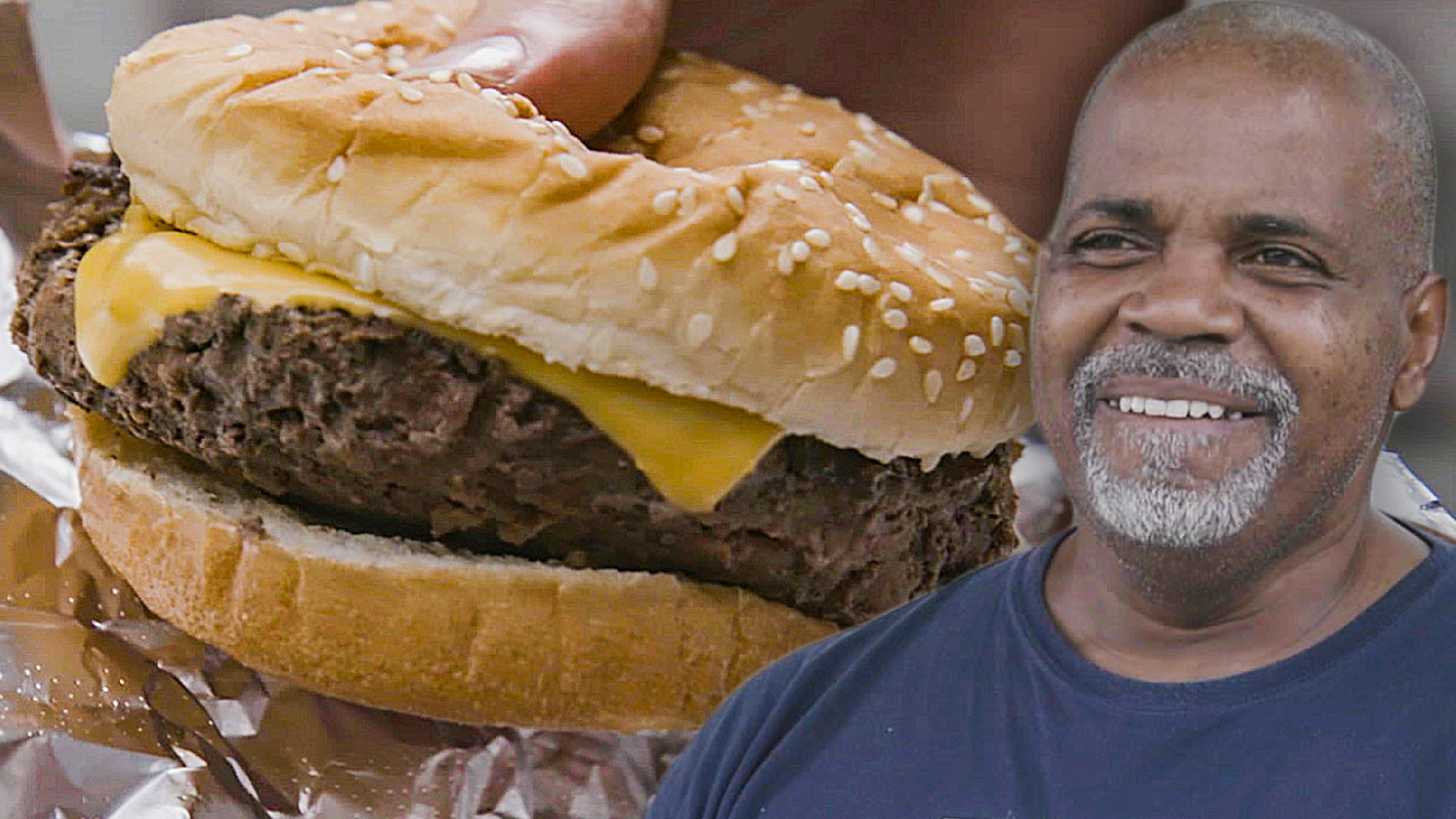Photo by Christian Bolt via Unsplash
Expect to pay more—and get less—for french fries and potato chips this Winter due to a sneaky strategy by Big Food, a leading food scientist says.A cold and wet Fall led to a dismal potato crop yield in Western Canada and the U.S. American farmers say this year has been one of the worst on record. This means that Big Food has to choose between hiking prices at the grocery store—which you are more likely to notice—or “play around” and make portions smaller, which doesn’t cut into profit.Sylvain Charlebois is the scientific director of the Agri-Food Analytics Lab at Dalhousie University. “Changes are very subtle and obviously, companies aren’t necessarily bragging about this. Grocers and manufacturers are always uncomfortable playing around with price because they can spook consumers. There are so many substitutes in a grocery store. So if people don’t want your frozen fries, they’ll go elsewhere. The pressure is real,” he said. It’s a phenomenon called “shrink-flation”—an economics mashup of “shrink” and “inflation” and Charlebois predicts it’s on its way for fries in the coming months or year.This could impact chip prices too, but french fries are particularly vulnerable because not only has this year’s yield been lower, but the potatoes harvested are smaller too. But you need bigger potatoes to make nice long french fries.You may not have noticed, but you’re already paying more for potatoes. The price of potatoes have gone up 20 percent in the last year, according to Charlebois’ research. Frozen french fry prices have climbed 17 percent in the last 12 months. This isn’t shrinkflation though—this is regular food inflation and it happens all the time. This year, you’re most likely seeing shrinkflation in frozen pizzas.This phenomenon isn’t new—but it became mainstream in 2007 and 2008. There was a financial crisis happening and a kind of perfect storm which spiked the price of wheat, barley and canola, which are used in many packaged foods. The price of a barrel of oil hit a record high, just under US$150, which made transporting food very expensive too. That’s when shrinkflation hit cookies, crackers, and pasta. According to Charlebois, these packaged foods are still prone to shrinkflation “every once in a while.”Some of the most famous cases of shrinkflation in Canada include 2014, when bacon prices got so high that processors swapped out their 454-gram packs for 375. In 2011, Charlebois’ research found that Cadbury Creme Eggs had gotten nearly 13 percent smaller in four years.The best way to protect yourself from shrinkflation is to look at the volume or weight of the food you’re buying, and figure out how much you’re paying per gram or millilitre.“It is a taboo subject in the industry,” he said. “But we are in an era where consumers are buying too much food. Forty-eight percent of what you buy walking out of a grocery store, you’ll end up throwing out. So shrinkflation is not necessarily just a bad thing. It’s forcing consumers to buy less.”Follow Anne Gaviola on Twitter .
It’s a phenomenon called “shrink-flation”—an economics mashup of “shrink” and “inflation” and Charlebois predicts it’s on its way for fries in the coming months or year.This could impact chip prices too, but french fries are particularly vulnerable because not only has this year’s yield been lower, but the potatoes harvested are smaller too. But you need bigger potatoes to make nice long french fries.You may not have noticed, but you’re already paying more for potatoes. The price of potatoes have gone up 20 percent in the last year, according to Charlebois’ research. Frozen french fry prices have climbed 17 percent in the last 12 months. This isn’t shrinkflation though—this is regular food inflation and it happens all the time. This year, you’re most likely seeing shrinkflation in frozen pizzas.This phenomenon isn’t new—but it became mainstream in 2007 and 2008. There was a financial crisis happening and a kind of perfect storm which spiked the price of wheat, barley and canola, which are used in many packaged foods. The price of a barrel of oil hit a record high, just under US$150, which made transporting food very expensive too. That’s when shrinkflation hit cookies, crackers, and pasta. According to Charlebois, these packaged foods are still prone to shrinkflation “every once in a while.”Some of the most famous cases of shrinkflation in Canada include 2014, when bacon prices got so high that processors swapped out their 454-gram packs for 375. In 2011, Charlebois’ research found that Cadbury Creme Eggs had gotten nearly 13 percent smaller in four years.The best way to protect yourself from shrinkflation is to look at the volume or weight of the food you’re buying, and figure out how much you’re paying per gram or millilitre.“It is a taboo subject in the industry,” he said. “But we are in an era where consumers are buying too much food. Forty-eight percent of what you buy walking out of a grocery store, you’ll end up throwing out. So shrinkflation is not necessarily just a bad thing. It’s forcing consumers to buy less.”Follow Anne Gaviola on Twitter .
Advertisement
